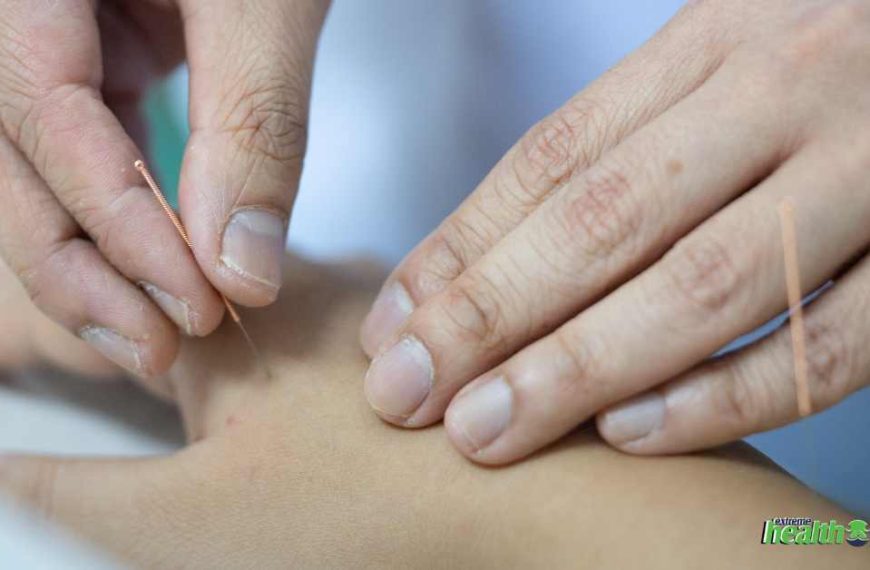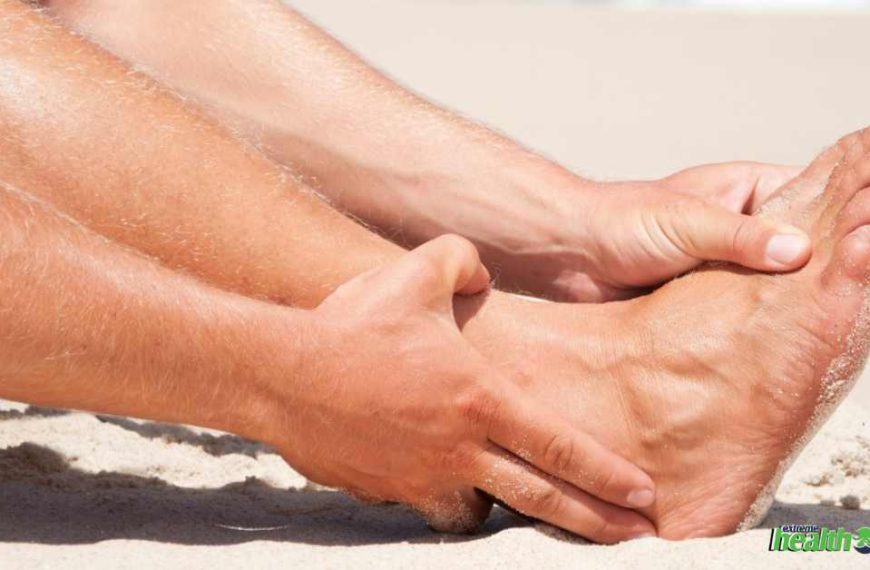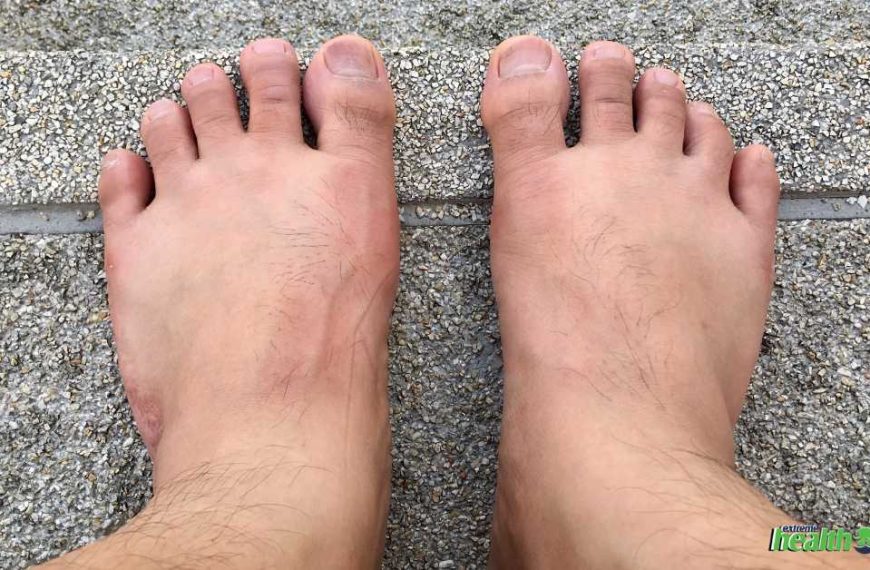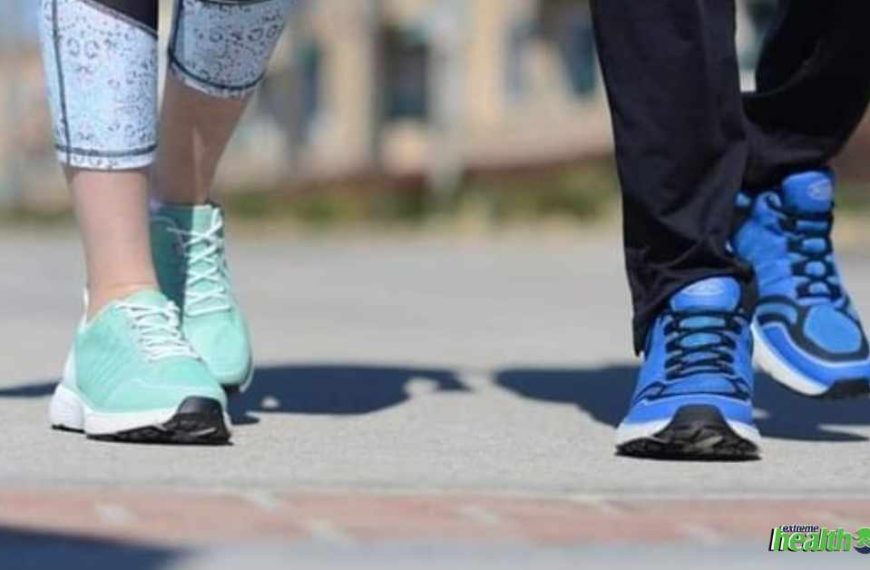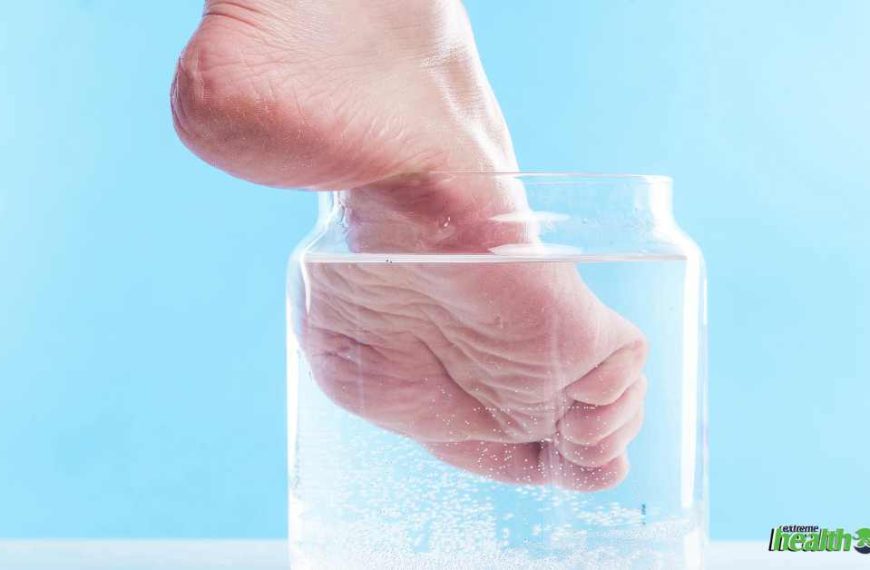Last Updated on July, 2024
The first thought that every one of us has neuropathy is, “is there any way to cure this?” Then we move on to the next question, “How to stop the pain?”
These are the typical thoughts we have, and the answer to the second question is, undoubtedly – Exercise.
Quick Summary
Neuropathy is caused by a variety of conditions, including diabetes and cancer treatments.
Exercises to alleviate neuropathy pain include stretching, hamstring stretching, calf stretching, heel and toe motions, and cardiovascular exercises.
Strength and balance training exercises, such as side leg raise and calf raise, can help improve coordination and flexibility to help neuropathy.
Quick Navigation
- What is Neuropathy?
- Causes of Neuropathy
- Exercises to Alleviate the Pain
- Stretching Exercise
- Hamstring Stretch
- Calf Stretch
- Heel and Toe Motions
- Cardiovascular Exercise
- Strength and Balance Training
- Side Leg Raise
- Calf Raise
- Conclusion
- FAQs
- Can Exercise Reverse Neuropathy in Feet?
- Does Massage Help Foot Neuropathy?
- Was this article helpful?
What is Neuropathy?

Neuropathy is when the nerves are damaged through various conditions, including diabetes or cancer treatments. The commonly known neuropathy is peripheral neuropathy, where the peripheral nervous system is affected.
This disease causes damage to peripheral nerves and disrupts blood flow causing numbness, pin-like prick sensation in feet, loss of sensitivity, or chronic spasms of pain.
Causes of Neuropathy
The most common cause arises for people with a high sugar intake, causing diabetes. But alcoholism and diseases like cancer, AIDs, and such are instigators of this affliction. Peripheral neuropathy can be managed with exercises and the added benefit of diabetic socks.
Exercises to Alleviate the Pain
It may be a lifelong condition where medication and support are always necessary. However, it can be managed to relieve neuropathic pain through some foot and leg exercises and a healthy diet (basically, a healthy lifestyle).
These foot exercises for peripheral neuropathy would promote blood circulation to your feet. The numbness, pain, sensitivity, and even balance can be restored. These exercises to relieve neuropathy pain can be categorized into three.
Stretching Exercise
What is it that all players do before they start a game? Stretching. This alleviates muscle tension, improves flexibility, and gets you warmed up for other physical activities.
Hamstring Stretch

This could be done either way; seated or lying down. You can choose whichever method is convenient for you. Stressing yourself to do something you are not comfortable enough with is a No-go, as this may end up increasing the pain.
Seated Hamstring Stretch:
- Sit on the edge of a chair.
- Keep one leg bent (at 90 degrees) with your foot firmly on the ground.
- Stretch the other leg along the length of the floor with your heel on the floor (don’t bend your knee).
- Straighten your back and sit upright.
- Hold this stretch for 20-30 seconds.
- Alternate three times per leg.
- Follow through twice a day.
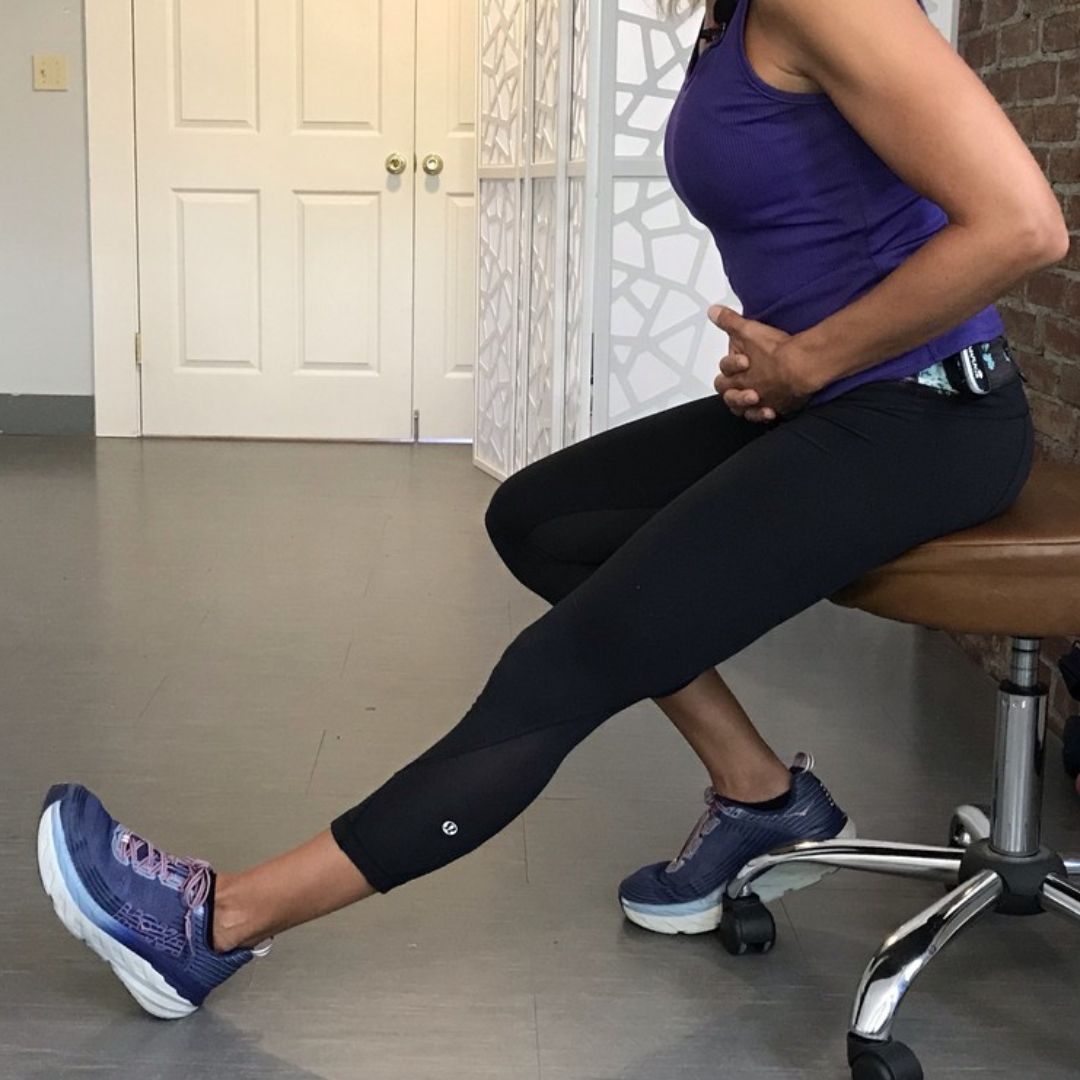
Wall Hamstring Stretch:
- Lay down with your back straight on the ground (Parallel touching).
- Place one leg along a vertical surface (furniture or wall) while the other is straight on the floor.
- Straighten your knee as much as possible (only as much as possible).
- Hold this position for 20-30 seconds.
- Repeat this 4-5 times for each leg.
- Follow through twice a day.
These are two of the many methods of hamstring stretch that you could follow. There are other ways to do it. It doesn’t matter as long as you don’t hurt yourself (this has quite a plethora of ways to be done).

Calf Stretch
This can also be done in a few different ways, such as a standing calf stretch or seated. The seated method requires a belt to pull up your foot, but standing can be done without needing accessories.
- Stand in front of a wall/chair with one leg behind you.
- Position the foot on the ground straight behind without bending the knee.
- Bend your knee of your front leg slightly with the heel flat on the floor.
- Bend your elbows and front knee while leaning forward.
- Hold onto this position for 30-60 seconds.
- Repeat with the other leg three times each.
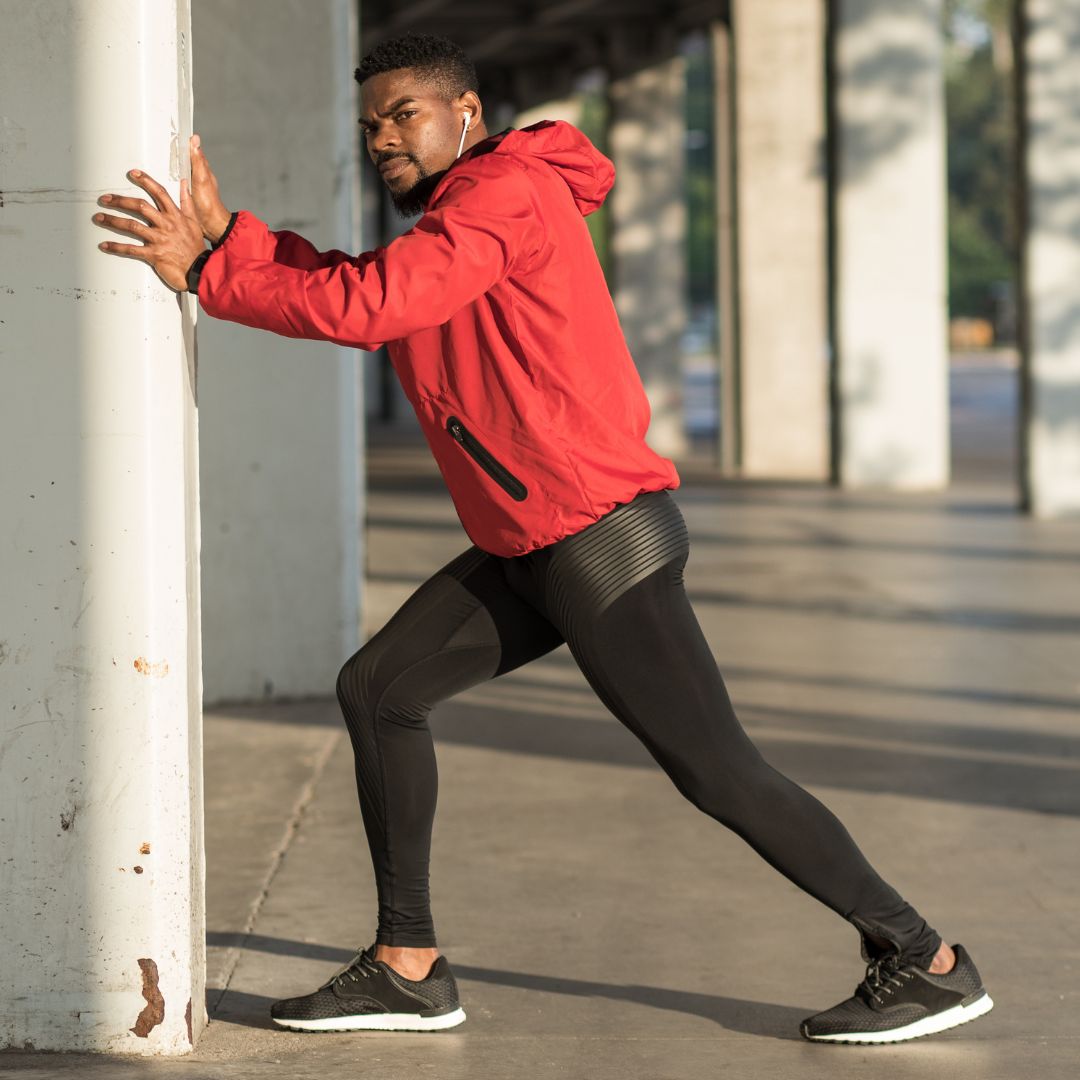
Heel and Toe Motions
This consists of heel-toe walking, toe raises, toe curls, toe splays, and ankle inversion and eversion.
Heel-to-toe walking should be done in a straight line by keeping one foot flat right in front of the other. This allows you to improve your balance and coordination when walking.
The toe curls can be done while seated, where you have to imitate a fisting motion with your feet. And repeating this with intervals for some time.
At the same time, the toe splays can be done by sitting on the floor and using your hands to pull back your toes as much as possible gently.
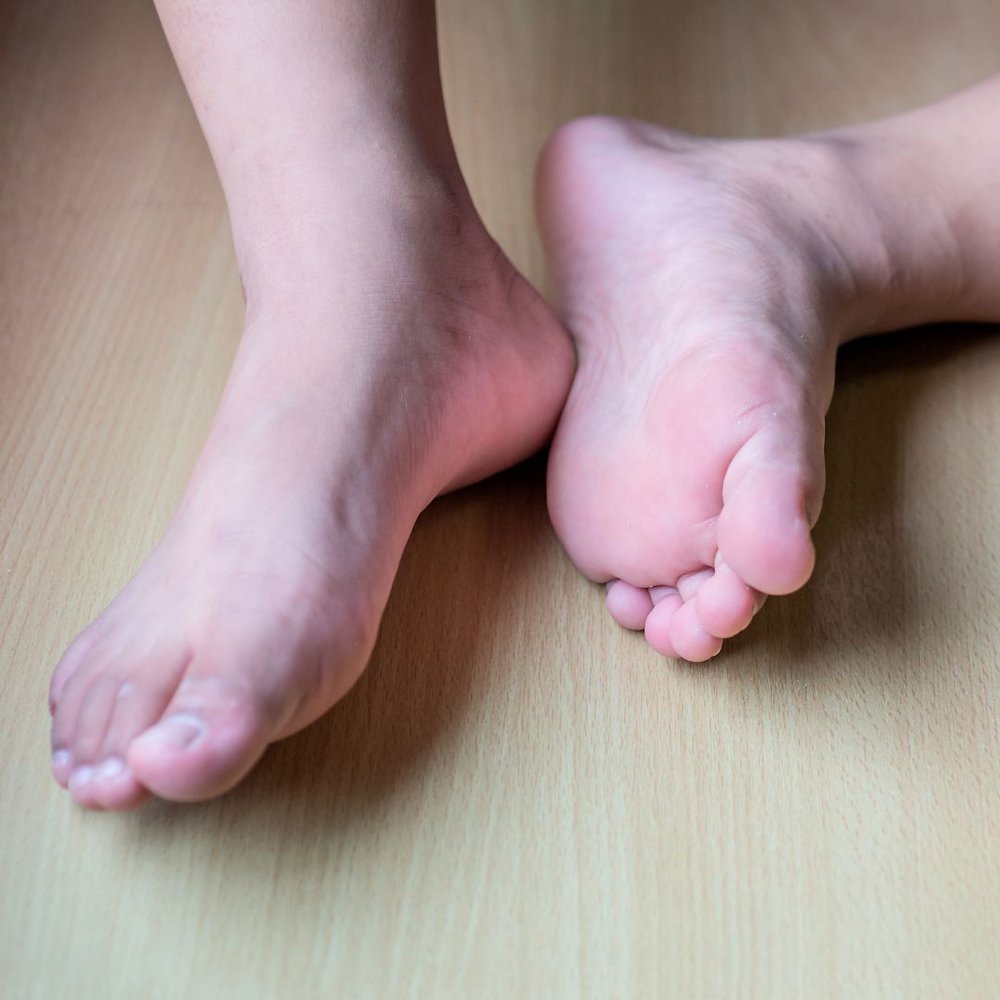
Cardiovascular Exercise
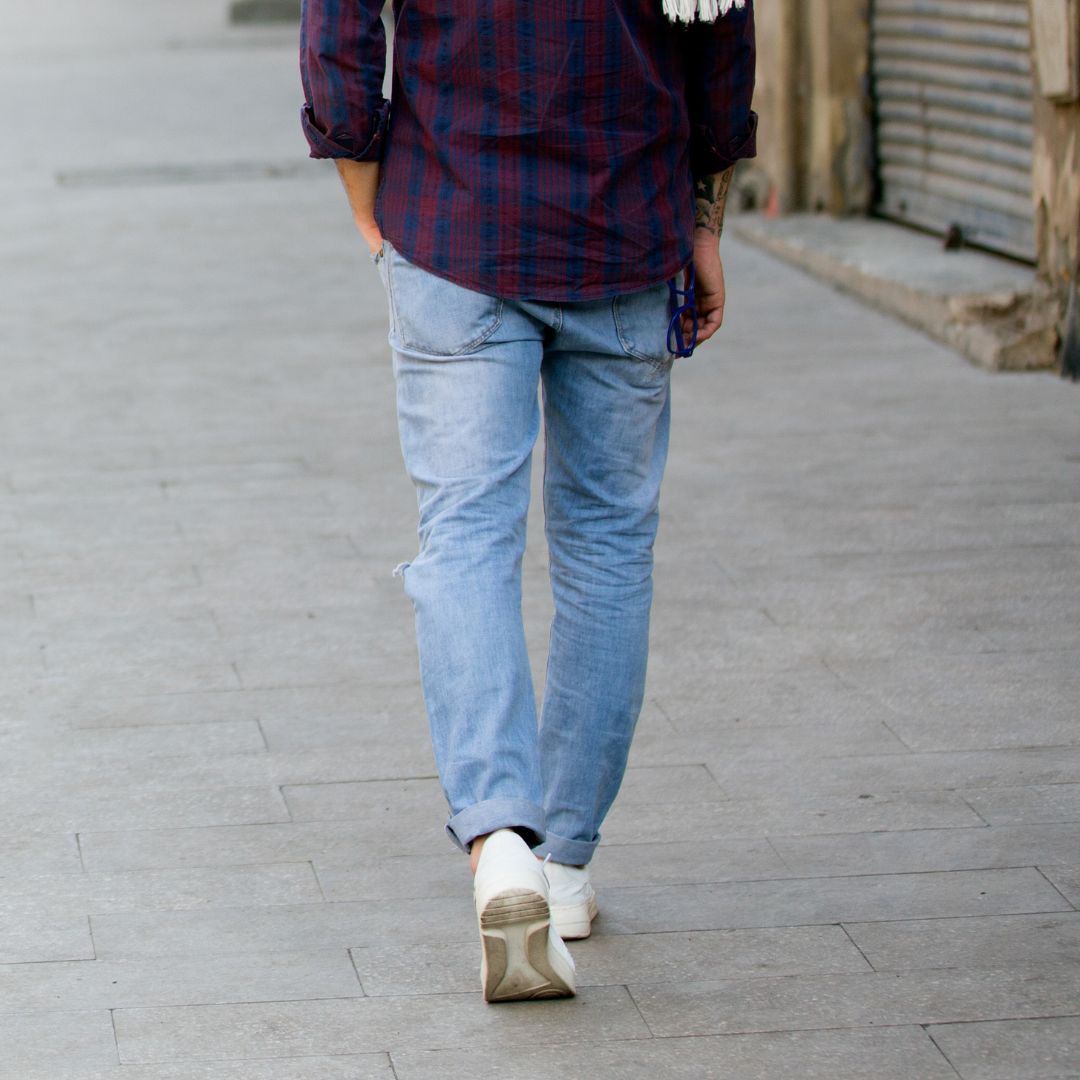
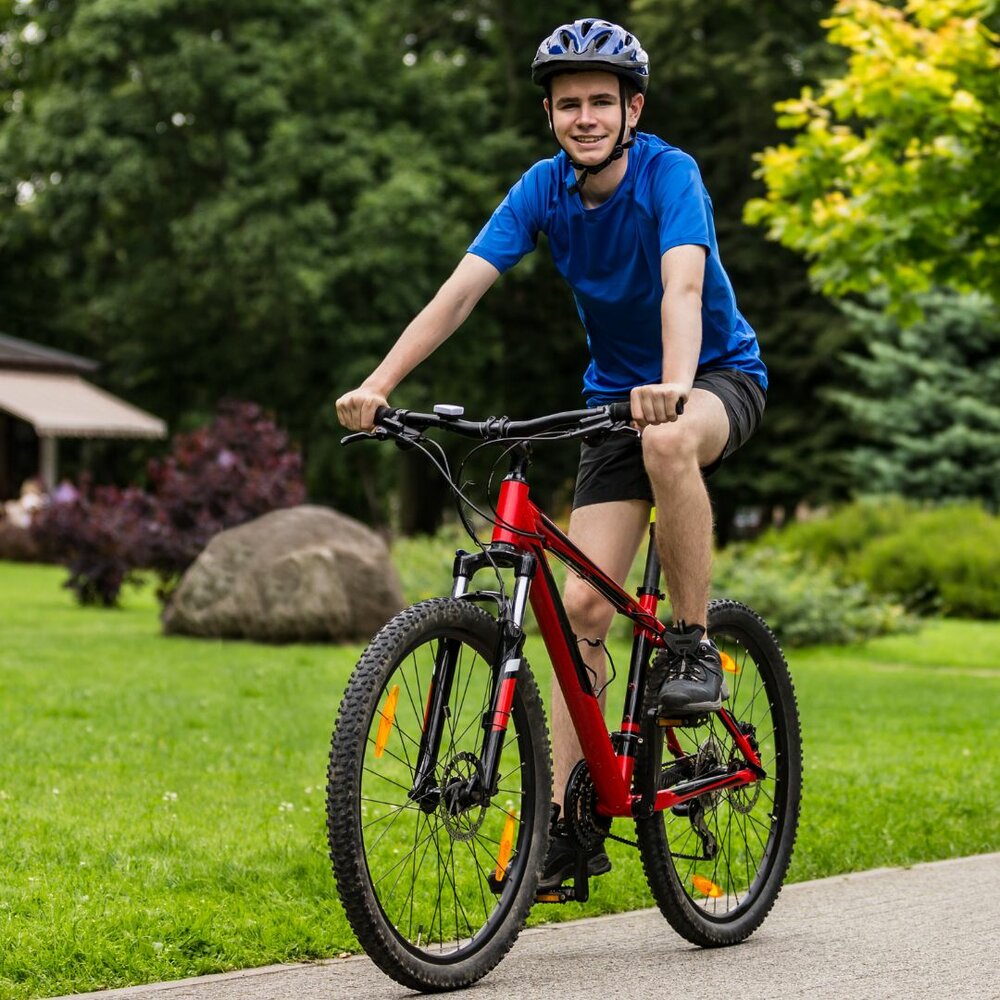
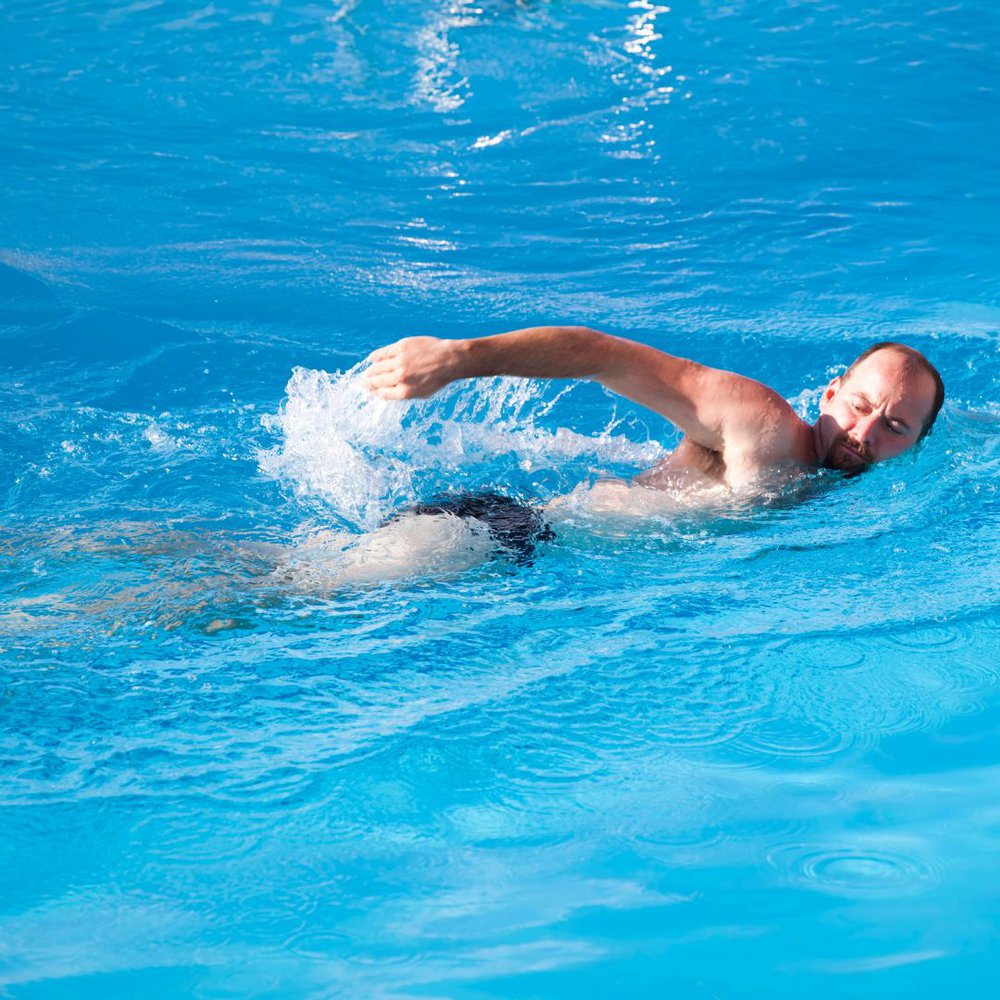
Aerobic exercise promotes pumping more blood around the body as a whole. There is no doubt about the results of these cardiovascular exercises on the body. They promote weight loss and improve your body coordination.
- Walking
Besides the usual slow-paced walks that we are used to, you should engage in brisk walking. Medical health professionals quote this as one of the most convenient but result-oriented exercises to reduce blood pressure and the risk of heart attacks.
Furthermore, there are no convoluted steps except having a pair of comfortable neuropathy shoes to walk around. The number of steps per minute should not have you panting.
You should maintain it at a speed where you can talk without any problem. This can be done on a daily basis for periods of 30 minutes.
- Cycling
This is another excellent way to burn calories and convert stored fat and sugars. Depending on the mode of cycling, it tends to give different results. Let’s take, for example, indoor cycling and outdoor cycling.
Depending on your route, the outdoor one tends to be affected by various factors like wind, inclination, and resistance. Thereby making it perfect for long and steady sessions focused on pumping blood.
Indoor cycling can be customized with higher resistance to go for a short but highly intense session which is great for people focused on fitness.
You can opt for indoor cycling if nerve damage from peripheral neuropathy is too severe.
- Swimming
One of the most rewarding cardiovascular exercises for neuropathy is swimming. This will provide your body with the stressing of your limbs and joints. They are also known as a full body workout as this provides physical and makes your heart and lungs strong.
A few weekly swimming sessions would help alleviate the pain you are experiencing from peripheral neuropathy.
Strength and Balance Training

On top of the cardiovascular and stretching exercises, there is a need for strength and balance exercises, as these result in paralysis and numbness in limbs, which causes a lack of coordination in one’s movements. This is the training needed to mitigate this issue.
Another two main training exercises for neuropathy are the side leg raise and calf raise. This will improve strength and also provide the limbs with much-needed flexibility.
Side Leg Raise
The side raise can be done in two ways’ standing side leg raise or the side-lying leg raise. This particular exercise targets your leg muscles which will help improve your body’s coordination and stability. It also provides your hips with motion flexibility and improves core strength.
Standing side leg raise:
- Stand upright with your feet apart and hands on your hip.
- Then give your body weight to one foot flat and slowly lift the other to the side.
- Inhale while doing so and hold the position for 5-10 seconds.
- Exhale while bringing the leg back down to the initial position.
- Repeat the motion on one foot 10-12 times.
- Repeat the same with the other foot in the same manner.
Side-lying leg raise:
- Lie down on your sides, which means your legs are stacked on the other.
- Support the head with your arm and rest the other arm on your leg.
- Raise your leg until you feel the tension on your back and hips.
- Slowly bring it down to the initial position and lay it over your lower leg.
- Repeat the motion 10-12 times on the same foot.
- Switch to the other side and do the same.
Calf Raise

Calf raises will help alleviate the tightness in the muscles and allow blood to be pumped efficiently to the numbing areas.
- Stand upright and hold on to the wall or counter for support.
- Raise your heels slowly without bending your knees.
- Stand on your toes and pause in that position for a few seconds.
- Slowly lower your heel back to the ground.
- Repeat this motion 10-15 times for better results with time.
Conclusion
Balance exercises, aerobic exercise, and other physical therapy are great ways to alleviate both muscle pain and nerve pain caused by peripheral neuropathy. These foot exercises for neuropathy are a gateway for improvement in blood flow and give you the pain relief you seek.
Apart from the pain caused by nerve damage, there will be moderate pain and tiredness after these exercises (which is an absolute norm), but stop if certain flexibility stretches and other exercises result in persisting pain.
It’s like that quote – “Keep it limited to your capacity and don’t overdo it,” by a sensible common man.
FAQs
Was this article helpful?
Was this article helpful?

